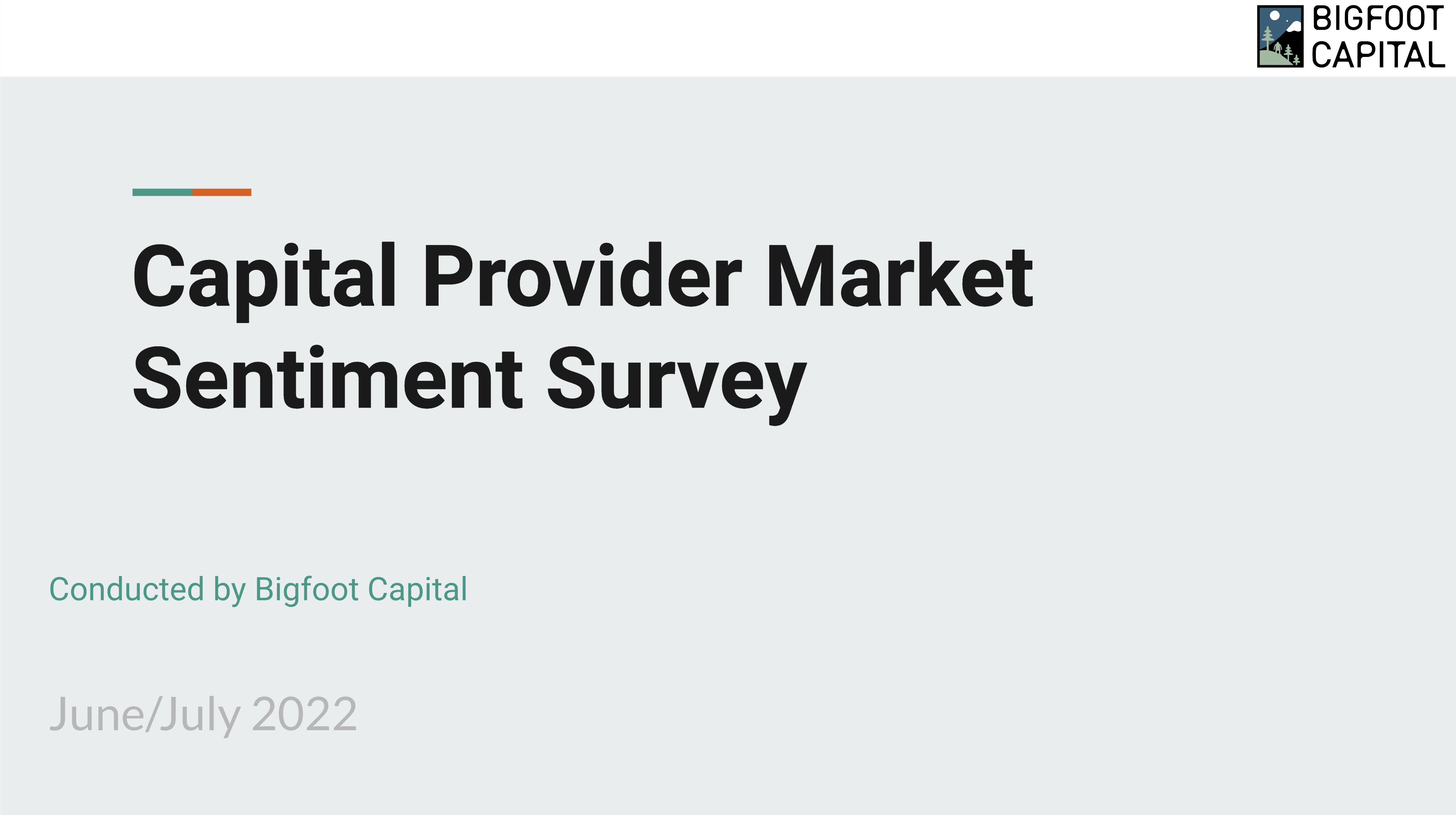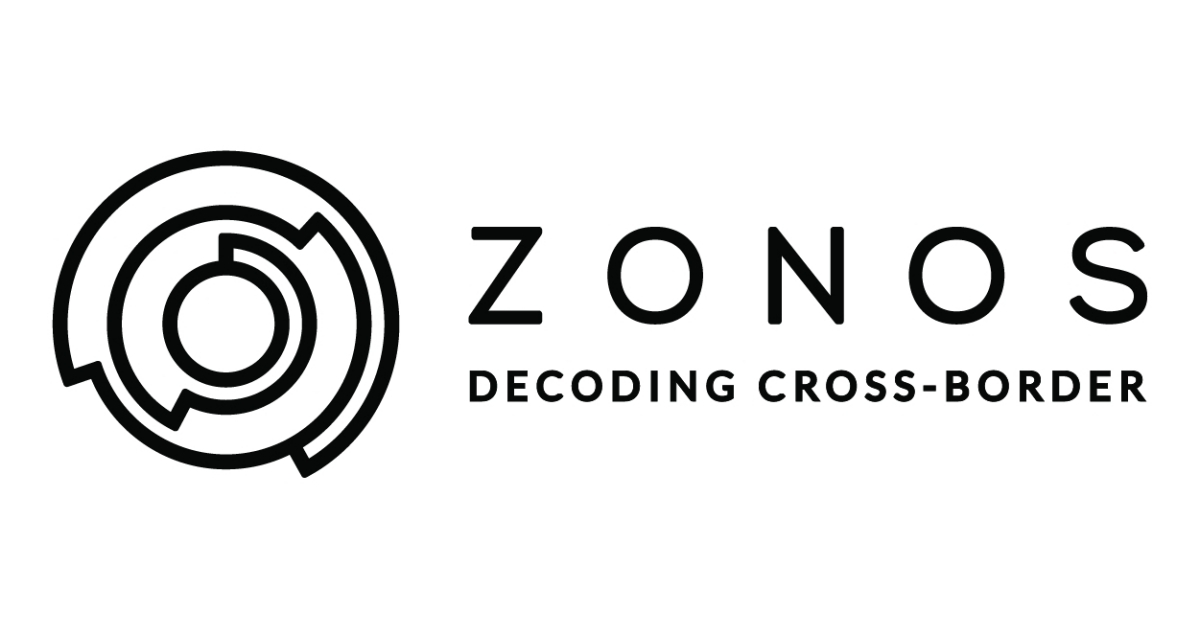At the end of September, I attended SaaSStr Annual conference in San Francisco. It’s the largest B2B software conference in the world with 300 speakers and nearly 15k attendees.
Over the span of 3 days, I watched many fascinating and highly educational presentations. One of them was given by the CEO of Intercom, Karen Peacock. She talked about strategies to accelerate growth. And as someone who works closely with B2B SaaS companies and founders, I could relate to her tips on the importance of revenue health.
What stuck with me the most is that “companies with strong ARR, GRR, and NRR build great businesses.” Revenue performance is something that Bigfoot Capital deals with daily when we evaluate new opportunities and monitor existing portfolio companies.
I already touched on ARR in my last post and called it the most applicable revenue scale metric to apply for software companies. However, this time I would like to focus on Gross Revenue Retention (GRR) and Net Revenue Retention (NRR) – both necessary to evaluate in determining a company’s revenue health.
GRR
GRR tells us how well a company retains existing customers. At Bigfoot Capital, we consider a good GRR >85% and this rate will never exceed 100%.
The formula is (ARR Beginning Period – Churn – Contractions)/ARR Beginning Period.
The focus here is on how churn and downgrades impact revenue. GRR gives us a view into revenue without assuming that customers will expand.
NRR
NRR tells us how well a company retains and expands customers. We consider a good NRR >95% and this rate can exceed 100%.
The formula is very similar with one addition: (ARR Beginning Period + Expansions – Churn – Contractions)/ARR Beginning Period.
The focus here is on product upsells and cross-sells as companies get credit for expansions.
Tracking GRR and NRR Together
GRR and NRR is necessary to track to get true revenue performance and insights. It’s only when these metrics are tracked together that they tell us something more than just a number. If one is lower and the other one is higher it means something is off and should be investigated.
If your numbers are not close, you’re either retaining too few customers or are unsuccessful cross-selling or upselling products. Isn’t this something that would be helpful to know? The only way to do it is to compare both GRR and NRR metrics together.
One thing that Karen Peacock mentioned during her presentation that resonated with me is that most companies understand revenue performance on an aggregate level. She’s 100% right.
At Bigfoot Capital, we often see companies with decent revenue, revenue growth, and retention rates, but it’s usually on aggregate levels. I always say, the more detail in relation to data we can see the better. Sometimes when we dig deeper, companies that were viewed as strong after a high-level analysis, show weaknesses.
During her presentation, Karen gave an example of one growing product that they were excited about. It turned out that this product had weaker revenue health metrics but stronger products were hiding its weaknesses. This stuck with me because most SaaS companies offer a variety of products and target different customers. So, why wouldn’t companies calculate metrics on a product level or break it down by customer segments?
Closing Thoughts
By segmenting your business, you can get insights and figure out why some products have lower retention rates than others, then make improvements or perhaps even drop weaker products. Once you do that you can focus on parts of your business with strong revenue health and drive those as opposed to the ones with low revenue health. After all, high revenue retention rates indicate strong revenue growth and are a measure of profitability.
Both GRR and NRR show us how well companies can retain existing customers and upsell to existing customers. My advice is to track both consistently and break them down into product/customer segments as insights generated from the analysis will translate into your company’s growth and success.
To see Karen Peacock’s presentation in full, watch it here.








